Mastering Product Photography
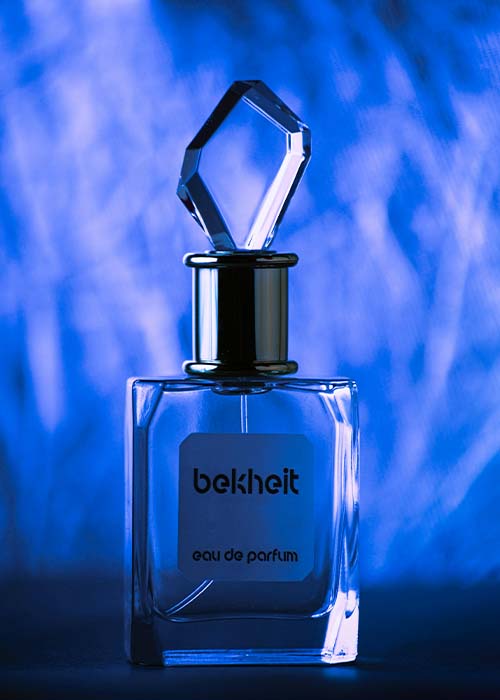
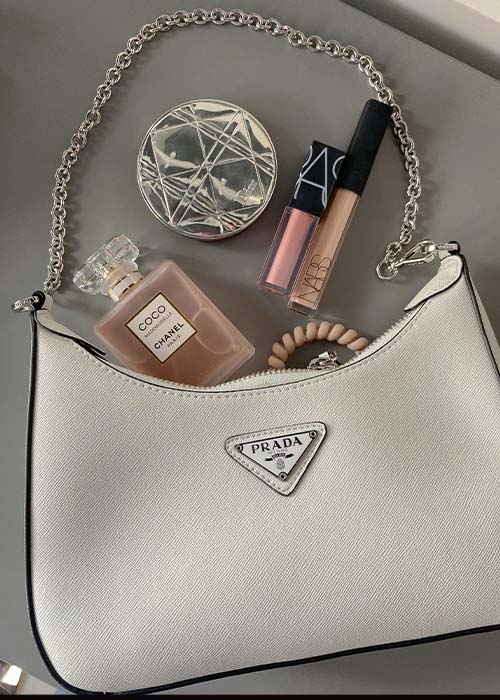
Enhance your product photography with Pixc Retouch. Discover essential tips, techniques, and tools to create stunning, professional-quality images that captivate and convert. Transform your product photos with expert editing and achieve higher sales with visually appealing images.
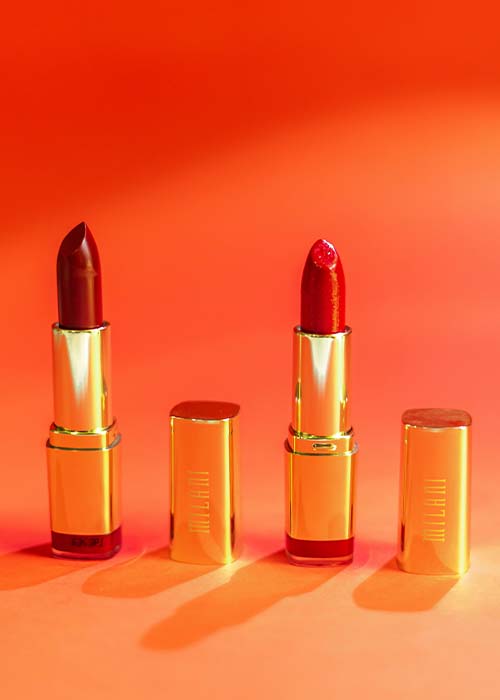
In today’s digital age, high-quality product photography is essential for businesses looking to attract and retain customers. Whether you’re an e-commerce entrepreneur, a marketing professional, or a hobbyist looking to showcase your creations, mastering product photography can significantly enhance the appeal of your products. This blog will delve into the essential tips, techniques, and tools you need to elevate your product photography game.
Essential Tips for Stunning Product Photography
. Invest in the Right Equipment
- Camera: While a professional DSLR or mirrorless camera is ideal, modern smartphones with advanced camera systems can also produce excellent results.
- Lenses: For DSLRs or mirrorless cameras, a macro lens or a versatile prime lens can make a significant difference.
- Tripod: Ensures stability and sharpness, particularly in low-light conditions or long exposures.
- Lighting: Softbox lights or ring lights help eliminate harsh shadows and provide even illumination.
Optimize Your Lighting
Natural light is a fantastic option for product photography, but when it’s not available, artificial lighting setups can replicate daylight conditions. Use a combination of softbox lights, reflectors, and diffusers to manage shadows and highlights effectively.
Focus on Composition
- Rule of Thirds: Divide your frame into a 3×3 grid and position the product along these lines or at their intersections.
- Fill the Frame: Ensure the product occupies a significant portion of the frame to avoid distractions.
- Leading Lines: Use lines within the composition to guide the viewer’s eye toward the product.
Pay Attention to Details
- Cleanliness: Ensure the product is spotless and free from dust or fingerprints.
- Props and Styling: Use complementary props to enhance the product without overshadowing it.
- Angles and Perspectives: Shoot from various angles to highlight different features and aspects of the product.
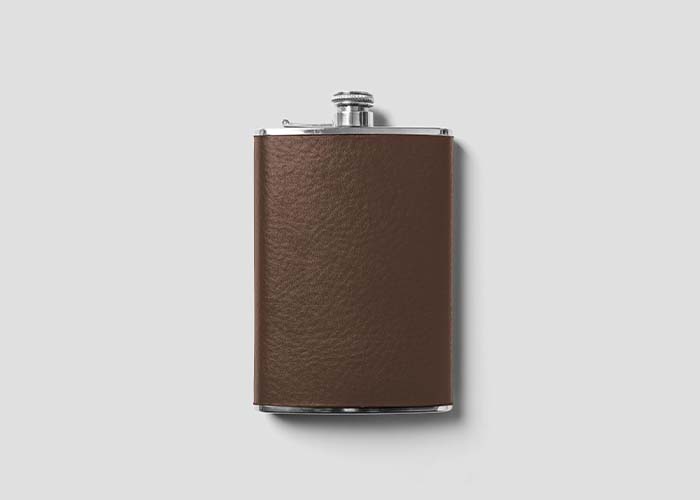
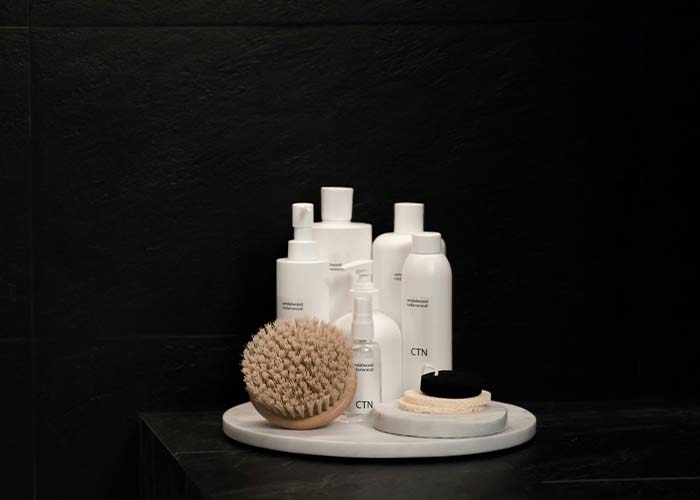
Different Styles of Product Photography
Lifestyle Shots
Lifestyle shots show products in use, helping customers imagine how they might use the product in their own lives.
How to Achieve:
- Realistic Settings: Choose locations that reflect where the product would typically be used.
- Models: Incorporate models to demonstrate the product in action.
- Natural Lighting: Use natural light whenever possible to create a warm and inviting atmosphere.
Flat Lay Photography
Flat lay photography involves arranging products on a flat surface and shooting from above. This style is popular on social media platforms like Instagram.
How to Achieve:
- Top-Down Perspective: Arrange the items neatly on a flat surface and photograph them from above.
- Thematic Arrangements: Group items together that complement each other or tell a story.
360-Degree Product Photography
This interactive style allows customers to view the product from all angles by rotating it in a virtual space.
How to Achieve:
- Turntable: Place the product on a turntable and take multiple shots at different angles.
- Consistent Lighting: Ensure lighting is consistent across all shots to maintain uniformity.
Specialized Software: Use software to stitch the images together into a 360-degree view
